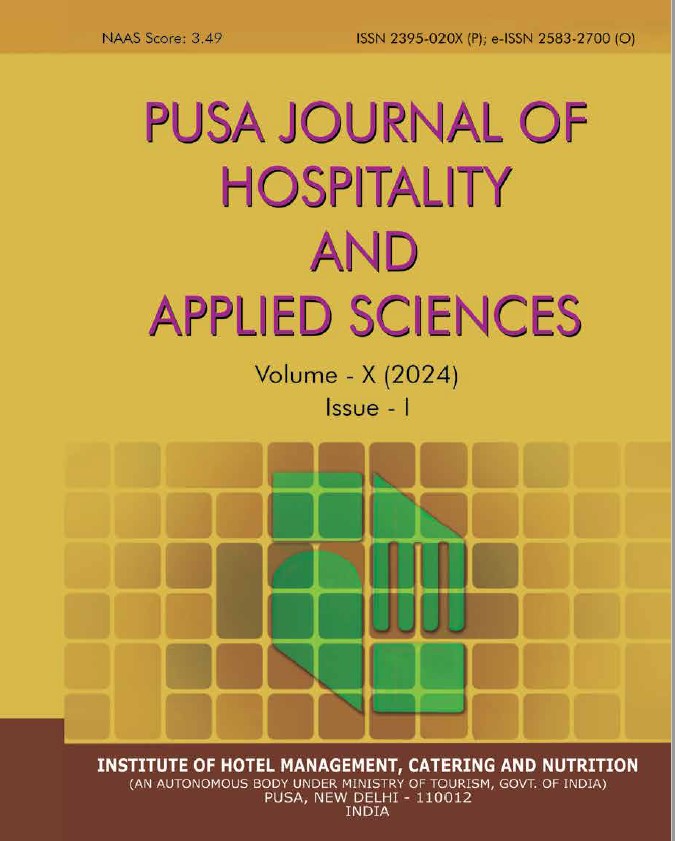An Empirical Study On The Gaps Analysis In Hospitality Industry (With Special Reference To Taj Group Of Hotels)
Keywords:
Expectation, Service Delivery, Quality, Management, SatisfactionAbstract
Background: In hospitality industry the dissatisfaction level between the customer and the management always exists. In order to fill up the existing gap it is very important to first recognize and analyze it. The gap analysis is a tool which has been used to perform a comparison of actual performance with the expected or potential performance. Objective: The present study was to find the various determinants of service quality and its effects. It also focuses on the analysis of the outcomes of dissatisfaction level and to provide best possible solutions to the existing GAPs. Methodology: A survey was conducted on 80 respondents in Taj group of hotels which includes employees from different departments such as F and B Service, House Keeping, Guest Relation, Front Office, etc. The study has been conducted through available secondary data of the Taj group of hotels and review of the literature of other sources. Results: The findings of the research shows that among the various existing GAPs in the service industry the maximum impact may be done by the service delivery by the management closest to the guest perception. The determinants influencing the guest satisfaction level are Reliability (30%), Responsiveness (22%), Assurance (16%), Empathy (17%), and Tangibles (15%). If these GAPs may be filled by delivering the nearest solution then the satisfaction level of the guest would be very high which may result into loyalty of the guest. Conclusion: Indian hotel industry has not been able to quantitatively translate the management perception to service quality specification. The hotels that can achieve service delivery, closest to Management perception of guest needs through well motivated and well trained teams.
References
Bateson J.E. (2009). Managing Services Marketing: Text and Readings. Hinsdale, IL: Dryden Press. ISBN: 9780030225192.
Herbig, P.A., & Palumbo, F. (1993), Industrial Marketing Management, 93, Elsevier Science Inc.
Kotler, P., & Bloom P.N., (2013) Marketing Professional Services. Englewood Cliffs, NJ: Prentice Hall. ISBN: 0135576202.
Parasurman, A., & Berry L.L., (2013).Marketing Services: Competing through Quality New York: Free Press. ISBN: 9780743267410.




